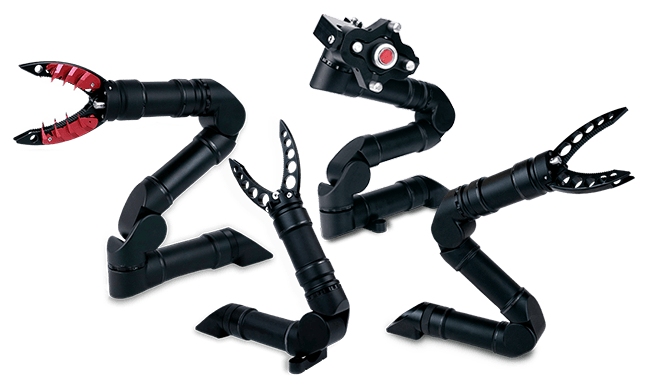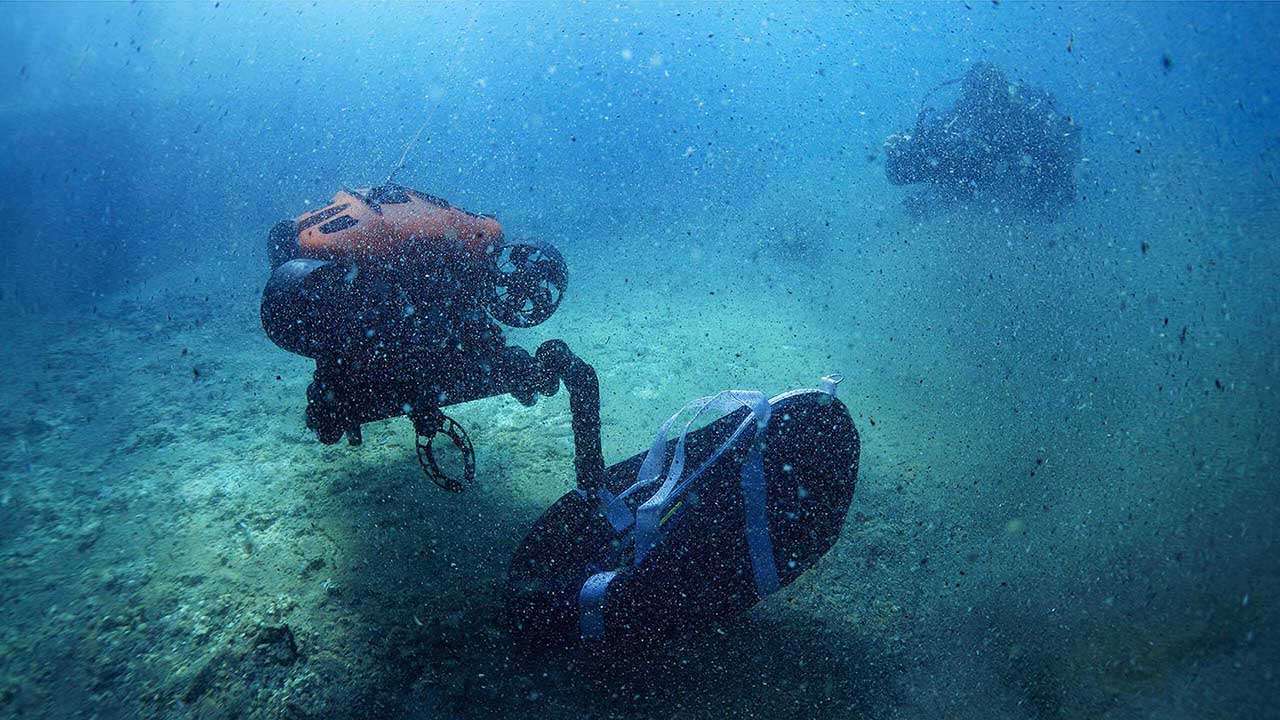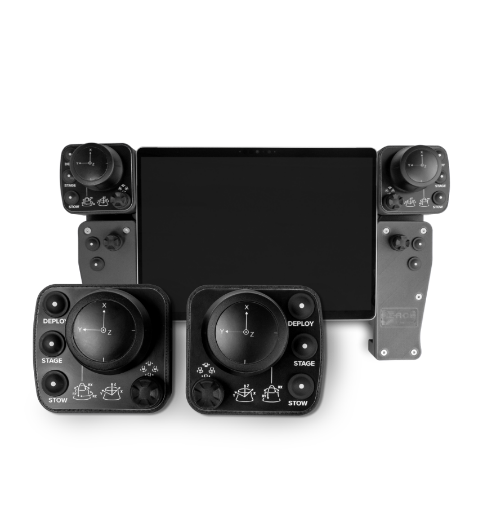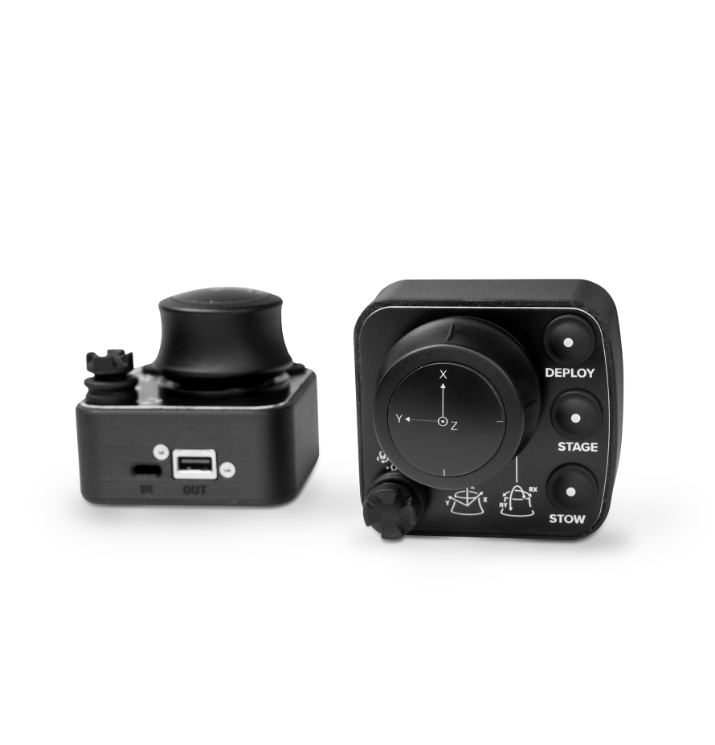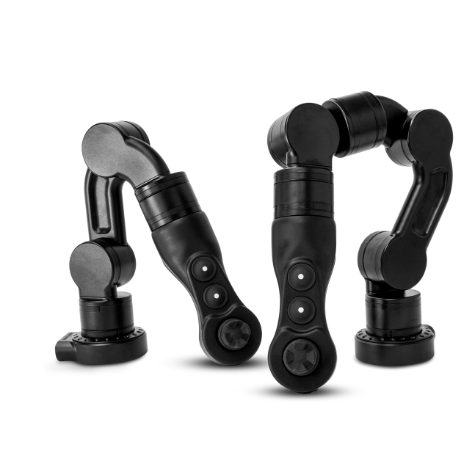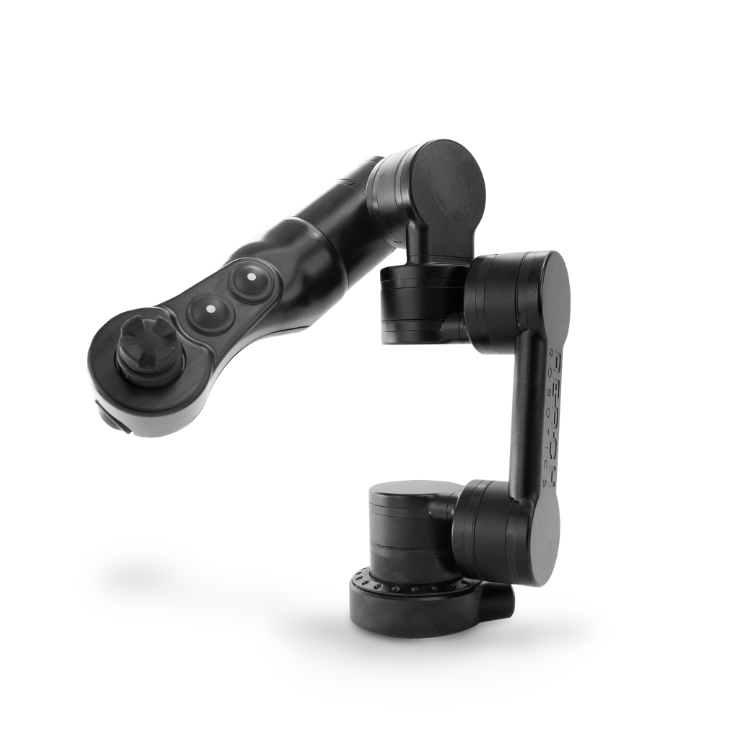Reach Robotics develops robotic manipulators (also known as robotics arms) for harsh environments. This general guide explains a manipulator, its different con
Reach Alpha ROV Manipulator Arm For Harsh Environmentfigurations, and its widespread use in real-world scenarios.
What is a robotic manipulator?
A robotic manipulator is an electronically controlled equipment that contains a set of electric, electronic and mechanical components.
These jointed segments loosely resemble a human arm with a varying range of motion and dexterity.
The end-effector is interchangeable, offering diverse solutions to meet specific task requirements and vary in form and function from claws to cutters.
Which ROV Manipulator arm is best?
Robotic manipulators vary in size, function, and degrees of freedom, making different configurations appropriate for different missions. For example, the Reach Alpha range (for smaller platforms) is suitable for Portable Class ROVs, while the Reach Bravo (for larger platforms) is suitable for Inspection Class ROVs.
The capacity of the manipulator’s arm depends on the number of degrees of freedom. Degree of Freedom (DoF) is an independent joint that can provide freedom of movement for the manipulator, either in a rotational or translational (linear) sense. Every geometric axis a joint can rotate around or extend is counted as a ‘single degree of freedom.’
With Reach Robotics manipulators, the number after the model name refers to the functions of the arm. For example, the Reach Alpha 5 has five functions; four degrees of freedom in the joints plus the linear end-effector function.
Reach Robotics manipulators come with interchangeable jaws (also known as a gripper) at the robotic arm’s end. To open or close the jaws, we use a prismatic actuator (a fancy word for an actuator that only operates along a single axis). We define the reference point as a floating location between the manipulator’s jaws. As the manipulator moves, this location is updated regarding the end-effector’s position. If you want to grab something at position (x,y,z) with orientation (a,b,c), this position is optimized in the inverse kinematics algorithm. Because of this, the movement of the linear actuator to open and close the manipulator’s gripper does not change the reference point; thus, it does not provide a degree of freedom. ‘
Hydraulic vs. Electric Manipulator Arms
Reach Robotics manipulator arms are all-electric. As compared to hydraulic arms, electric manipulators are smaller, lighter, and have higher accuracy allowing for more advanced functionality and precise control of the end-effector.
Uses for ROV Manipulator Arms
A variety of subsea and on-land tasks can use the ROV manipulator. For example, in robotics, the ROV manipulator arms are devices that shift heavy and dangerous materials underwater without the operator’s contact increasing flexibility in work. For more detail, see: Top Uses for Underwater Manipulators. Manipulator’s arms are often used on crewless ground vehicles, underwater ROVs, and other major applications that operate in harsh environments.
Why choose Reach Robotics Manipulator Arms?
We offer lightweight design manipulator arms, good performance, and increased lift capacity at Reach Robotics. Our manipulator’s arms help in underwater tasks like construction, repair, and shifting heavy machine tools. The underwater ROV manipulators can be used in various fields. We are trying to decrease and solve industrial problems regarding underwater manipulation and control.
Robotic Manipulator faqs
A robotic manipulator is made up of rotational (‘revolute’) joints and linear joint /telescopic (‘prismatic’) joints, which enable an end-effector (a hand, jaws, a camera, or another sensor) to be moved to a certain position and orientation. Manipulator arms can be controlled by arm-controlling devices, gamepad controllers, or on-screen GUI controls. We can also control them by adjusting the velocity and position of each joint individually, or it can advanced kinematic methods can be used. These advanced kinematic methods define the position and orientation of the end-effector.
Manipulator’s arms get used for turning control inputs, wielding instruments, carrying out dexterous activities like attaching hooks, cutting cables or ropes, conducting advanced Non-destructive testing, collecting samples, and much more. We can use them both above and below water.
In a robotic arm, each independent joint that provides freedom of movement for the manipulator is a degree of freedom (DoF). This can be in a rotational or translational (linear) sense). A single degree of freedom is counted as a joint’s geometric axis can rotate around or extend along. The two most common joints are a Revolute Joint (providing one degree of rotational freedom) and a Prismatic Joint (providing one degree of linear freedom).
Robotic arms or manipulators have finite workspaces or regions that the end effector can reach. This workspace size mostly depends on the length of the adjacent links between each joint – for example, a robot with a 2m link can reach 2m, but this isn’t the whole picture. The amount of space that the manipulator can reach within its range of maximum extension is dependent on the following:
- The number of joints
- Each joint – rotate or translate
- The number of joints
- The range of each joint
- The lift capacity of each joint
Bravo 5 and Bravo 7 – compare that the end effector of B7 can maintain the orientation of the end effector while the other joints move but the B5. B7 can hold a tool/marker/welder and draw circles on a plane, whereas B5 can trace a circle, but the end effector must tilt as the lower joints move.
Each joint’s range of movement also defines the manipulator’s reachable workspace, with each joint’s range of motion dictating how much space within reach is accessible to the end effector.
The Bravo 5 and 7 have continuous rotation on the inline rotary joints, meaning that the Bravo can reach just as much behind it as in front of it, giving it a bigger workspace than a human arm.
- The last factor affecting the manipulator’s workspace is more related to the weight of the object the manipulator is holding. Suppose it’s near or exceeding the maximum capacity of the manipulator. In that case, there will be some areas of the workspace where the manipulator can operate and others where it will not be able to apply enough force.
Reach Robotic manipulator arm, and robotic systems extend human reach into harsh environments. They enable complex inspection and intervention in mission-critical industries and harsh environments. It includes Offshore Energy, Space, Defense, Land, and Nuclear domains. Reach Robotics robotic arms and associated systems are helping clients perform the:
- Special recovery operations
- Infrastructure inspection, including UWILD and Non-destructive testing (NDT) using CP, UT, and ACFM sensors
- Counter IED and mine countermeasures tasks
- Close visual inspection in confined spaces
- Tooling intervention using underwater ROVs
